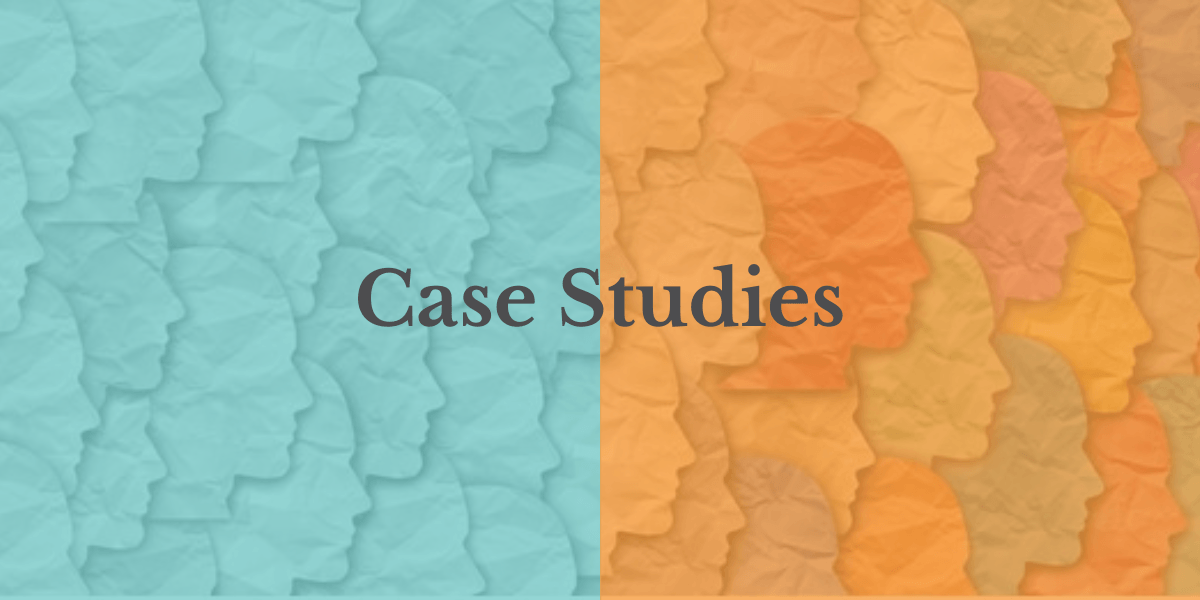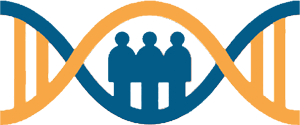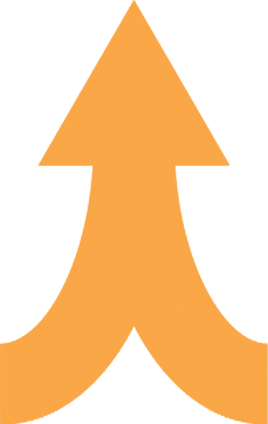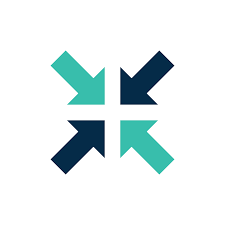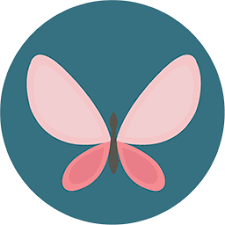US/Europe Mobile Communications Company
US-based company was embarking on the next stage of its growth strategy. This involved the acquisition of a European company, increased investment in research and innovation, and a more aggressive approach to revenue generation. With this came the recognition that executives needed to be the best leaders possible to create an organization where people and new ideas thrive, and excellence is the norm. This led to the decision to invest in an Executive Development Program involving the entire 11-member executive team.
The program was designed in three phases. The first was a customized interview-based leadership 360 assessment augmented by the EQi 2.0 self-assessment. Interviews were conducted with the executive, his or her boss, peers, and a sample of direct reports. The interview questions were customized to fit the unique context and needs of the organization. This is an extremely powerful approach providing deep, broad, and rich insights that guide the creation of targeted and action-oriented personal development plans.
In the second phase, the results for all the executives were compiled to identify priorities for the company’s leadership development curriculum. In the third and final phase, the executives received feedback and coaching every 90-days until they had achieved their development goals as determined by their manager, the CEO. This proven and effective approach accelerates behavior change and capability development.
Outcome: The CEO reported observable positive changes in behavior, the acquisition of new knowledge, skill development, and increased contribution to strategy discussions, problem-solving and decision-making. As a result, he has asked that new members of the executive team also experience the process.
Tools: Interview 360 Leadership Assessment (custom), EQi 2.0 assessment (emotional intelligence), Executive Coaching


